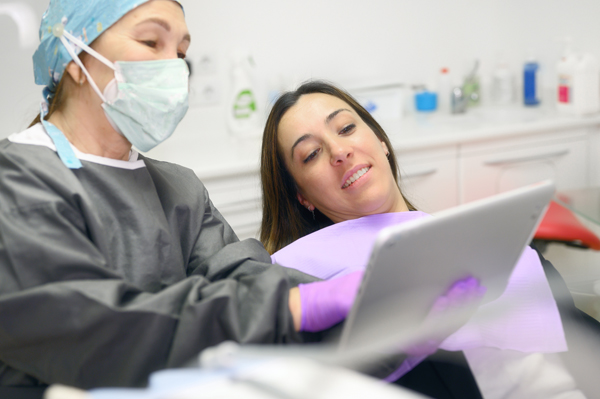Apicoectomy Explained: When It’s Needed and What to Expect

Learning that you need an apicoectomy can cause anxiety. This procedure is a level higher than a root canal. Understanding this endodontic surgery can help you prepare for your upcoming appointment. Here are the things that you need to know about an apicoectomy.
When it is needed
Research shows that dental roots are complicated structures. Bacteria invading the root branches cause inflammation and infection. It is unclear where the infection is in these areas, but an apicoectomy is often the ideal treatment for it. An oral surgeon will suggest this procedure if the individual needs it after a root canal.
The procedure
An oral surgeon with extensive skills and experience will perform the apicoectomy. Taking the patient’s history and examining the tooth are necessary in creating the treatment plan. This plan will custom-fit the procedure for the patient’s needs. The goal is to remove the infection in the dental roots. The following are the steps involved:
- The surgeon will numb the area with a local anesthetic. This step will make the procedure painless.
- Creating an access window to the tooth will follow. The surgeon will use appropriate tools to remove the infected tissue and the dental root tip.
- Cleaning and resealing the root tip will come next. The surgeon will fill it and then stitch the gum tissue in place. Doing so will prevent the onset of infection.
- Ordering scans and X-rays will ensure the accuracy of the apicoectomy. The process may differ from person to person depending on the set of needs.
- Studies reveal that in most cases, the tissue and bone will heal around the treated root. The root’s function will come back after the surgery.
The risks
There will be mild swelling after the apicoectomy until the incision heals up. Mild pain is also normal. This minor surgery has higher risks than a regular root canal treatment. A skilled dental professional can reduce these risks. The patient must follow the dentist’s pre- and post-surgical instructions. The known risks of an apicoectomy are the following:
- Adverse reactions to medications
- Fever
- Intense pain
- Worsening swelling
Recovery
The oral surgeon may prescribe anti-inflammatory medications after the apicoectomy. Taking over-the-counter pain relievers is also an option. Follow the surgeon’s instructions when taking these medications. The patient must also keep follow-up appointments. These visits will enable the surgeon to check on the patient’s surgical site to see if it is healing well.
Depending on the patient, swelling and pain may last for three days to a few weeks. The provider may suggest applying a cold compress to the area a few times during the first 12 hours after the apicoectomy. Studies show that cold helps reduce pain and swelling. Rest is important in the patient’s recovery. Refrain from drinking through a straw, vigorous brushing, or eating hard foods. The oral surgeon will provide instructions on how to keep the area clean and free from infection.
An apicoectomy is necessary to regain your oral health and improve your quality of life
In some cases, a root canal is not enough to end oral pain and infection. The oral surgeon may suggest an apicoectomy to correct the situation. This minor oral surgery treats the dental root. Working with your provider can help you heal faster and prevent complications.
Request an appointment here: https://monroe.premieroralsurgeryct.com or call Premier Oral Surgery & Implantology Center at (475) 474-6204 for an appointment in our Monroe office.
Check out what others are saying about our services on Yelp: Apicoectomy in Monroe, CT.
Related Posts
Searching for the most knowledgeable and skilled oral surgeon in your area can be challenging. But if you find the right dental care provider, you can achieve the enhancements that you want or need. Finding the right provider will need a little effort. Here are some tips you must consider for choosing the oral surgeon…
We use PRF treatment to make oral surgery easier for patients and give them better outcomes. This therapy uses the body's regenerative power to help speed healing and prevent infections during and after surgical procedures. PRF stands for platelet-rich fibrin, made from the patient's blood in a simple procedure. This article looks closely at PRF…
Surgical tooth extractions are more complicated than ordinary dental extractions. These procedures need a higher level of experience and skill. That is why an oral surgeon is the right dental provider to perform them. Knowing when surgical tooth extractions are necessary can help prepare you for your upcoming treatment.The oral surgeon will assess the tooth…
The American Dental Association defines oral pathology as a field of dentistry that deals with the illnesses of the mouth. Identifying and managing these diseases is crucial in achieving oral and general health. Understanding this type of pathology can prepare you for your treatment. Here are the key insights patients like you must consider about…
